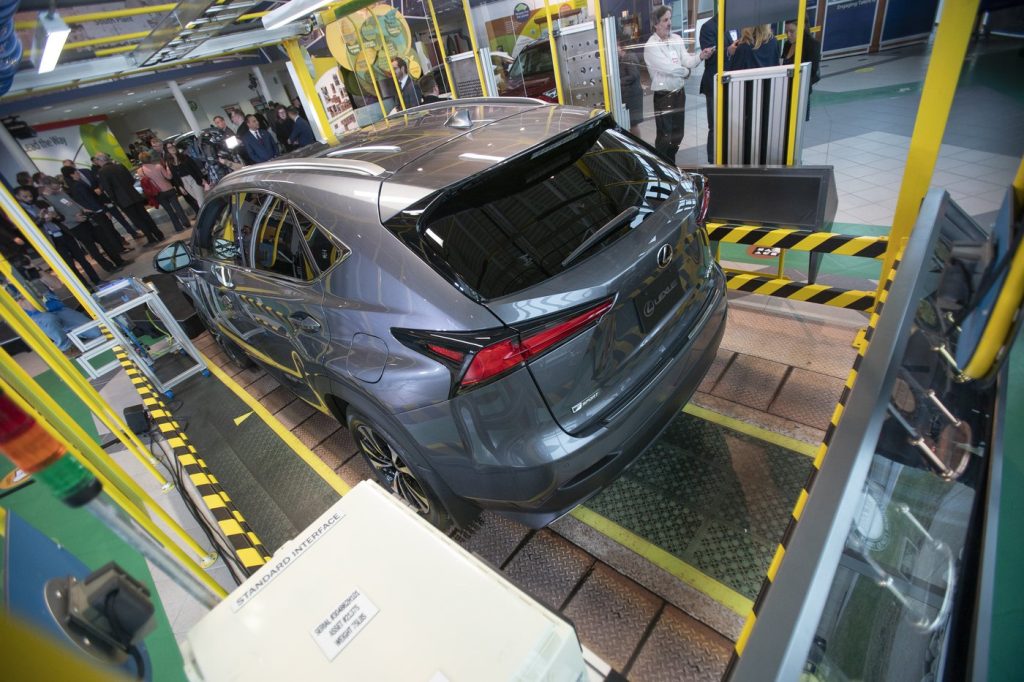Automotive industry leaders are advocating for exemptions for vehicles compliant with the current trade deal as Canada and the United States engage in discussions ahead of an impending tariff deadline. On Friday, the negotiations culminate with the United States threatening to implement a 35 percent tariff on various Canadian goods if an agreement is not reached.
Flavio Volpe, president of the Automotive Parts Manufacturers' Association, expressed optimism about a potential deal. "I think everybody has seen that the Americans, in spite of the fact that they are fighting us for no reason at all, have shown a tendency to show value for USMCA compliance," he stated. Notably, approximately 50 percent of the parts used in vehicles manufactured in Canada are sourced from U.S. factories.
Volpe mentioned that achieving a USMCA exemption on vehicles would serve as a relief to both countries. The automotive industry in North America is highly interconnected, with vehicles imported into the U.S. that comply with the Canada-U.S.-Mexico Agreement still facing a 25 percent duty on non-American components. Industry leaders are keen on seeing carve-outs from the current trade agreement, which was initially negotiated by the Trump administration.
David Adams, president and CEO of Global Automakers of Canada, voiced a desire to eliminate tariffs completely. He emphasized that previous trade agreements have led to significant investments in the Canadian auto sector. The existing tariffs are already impacting the industry adversely, as evidenced by recent financial reports. General Motors reported a 35 percent decline in its profits during the second quarter, incurring a US$1.1 billion loss due to tariffs, and projected a potential tariff impact of up to US$5 billion by 2025. Similarly, Stellantis, the parent company of brands like Jeep and Chrysler, noted a cost of 300 million euros attributed to tariffs in the first half of the year.
Volpe highlighted that while companies have managed to absorb some impacts of the tariffs, lower sales volumes and increased operational costs are becoming significant challenges. "You can’t run those losses indefinitely...strategic decisions on excess capacity will need to be made," he warned. Adams echoed this sentiment, emphasizing the long-term concerns surrounding the sustainability of Canada's manufacturing base, which has historically relied on duty-free exports to the U.S. for decades.
Recent analysis from TD economist Marc Ercolao indicated that Canada’s automotive exports have regressed to the levels seen in late 2022 following the initiation of tariffs in April. This has necessitated production cuts among Canadian automakers as they navigate the complexities of trade challenges.
Volpe noted that without a deal, the existing tariff regime will continue to negatively affect the Canadian automotive industry. "It’s a slow bleed on the volume of vehicles made in Canada because they’re, for the most part, destined for the U.S.," he remarked, suggesting the need for emergency plans to shift manufacturing focus towards Canadian consumers. However, he acknowledged that the restructuring process would require substantial investments, as Canada does not own the automotive companies.
Despite the ongoing uncertainty, Volpe expressed hope for reaching a trade deal soon, citing an increase in intense discussions among the right stakeholders. He remarked that the negotiations have been characterized by a quiet approach, differing from previous discussions that often included strategic leaks. This, he suggested, could be more effective in negotiating with President Trump.
Within Canada, Prime Minister Mark Carney has tempered expectations around securing a deal, particularly one devoid of tariffs. Adams commented that any agreement falling above this low bar may still be perceived as a success. Meanwhile, trade discussions are taking place as Trump has announced various trade frameworks with other partners, including Japan and the European Union.
Matt Blunt, president of the American Automotive Policy Council, criticized the idea of a deal that imposes lower tariffs on Japanese imports compared to those on North American-built vehicles with a higher U.S. content. Volpe remains hopeful, asserting that the intricate trade relationship between Canada and the U.S. should be understood as mutually beneficial, highlighting that Canadian capabilities enhance American manufacturing. "Our market is the number one export market for American-made vehicles," he concluded.










